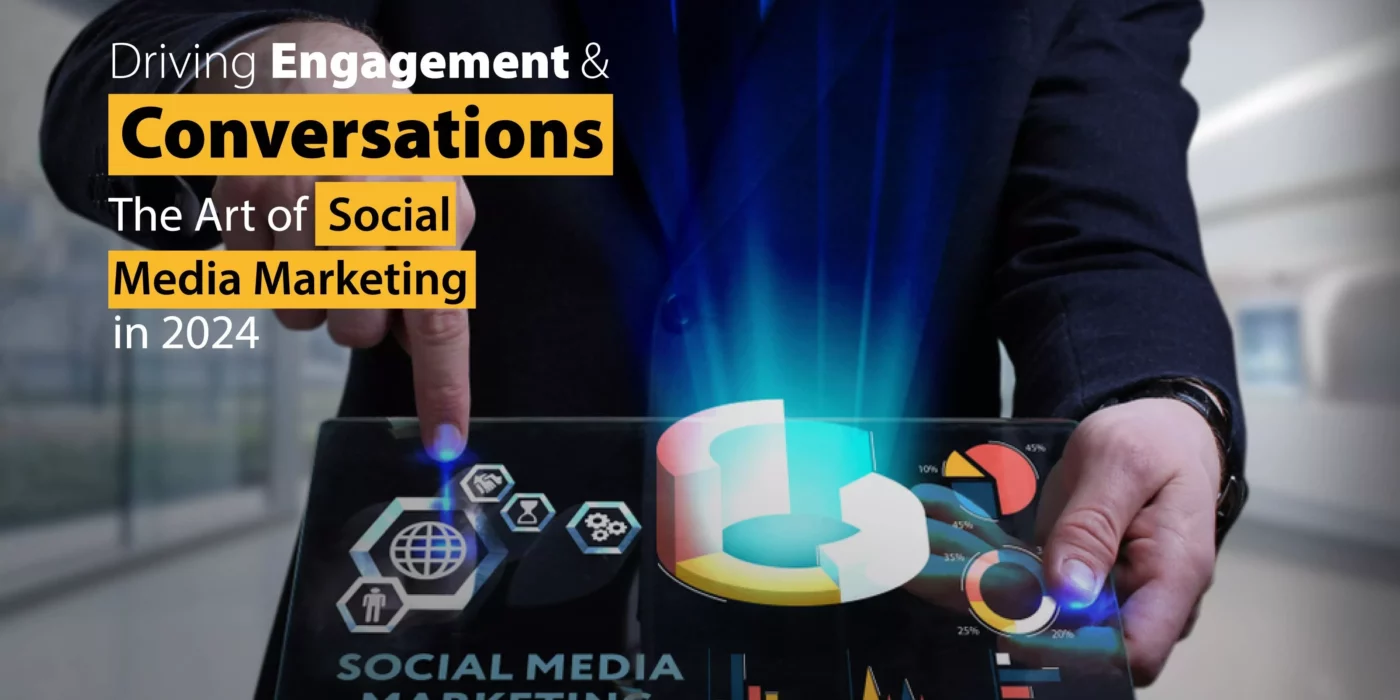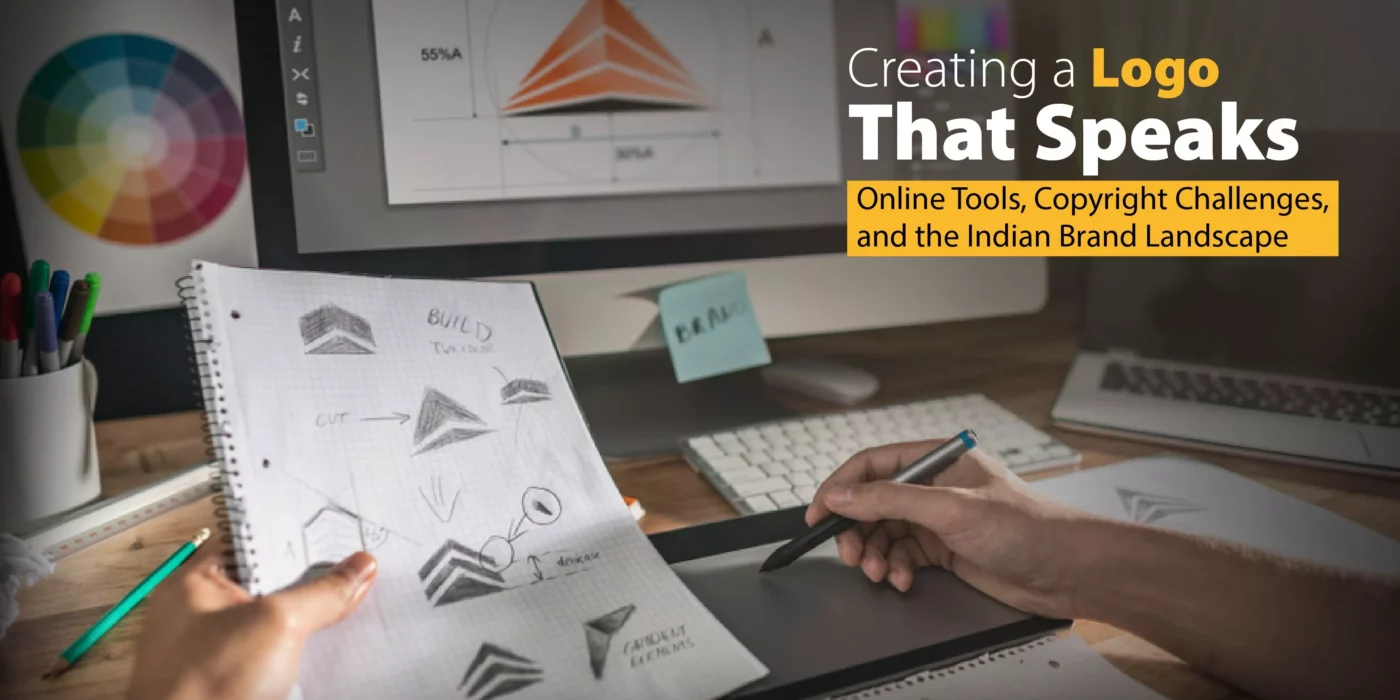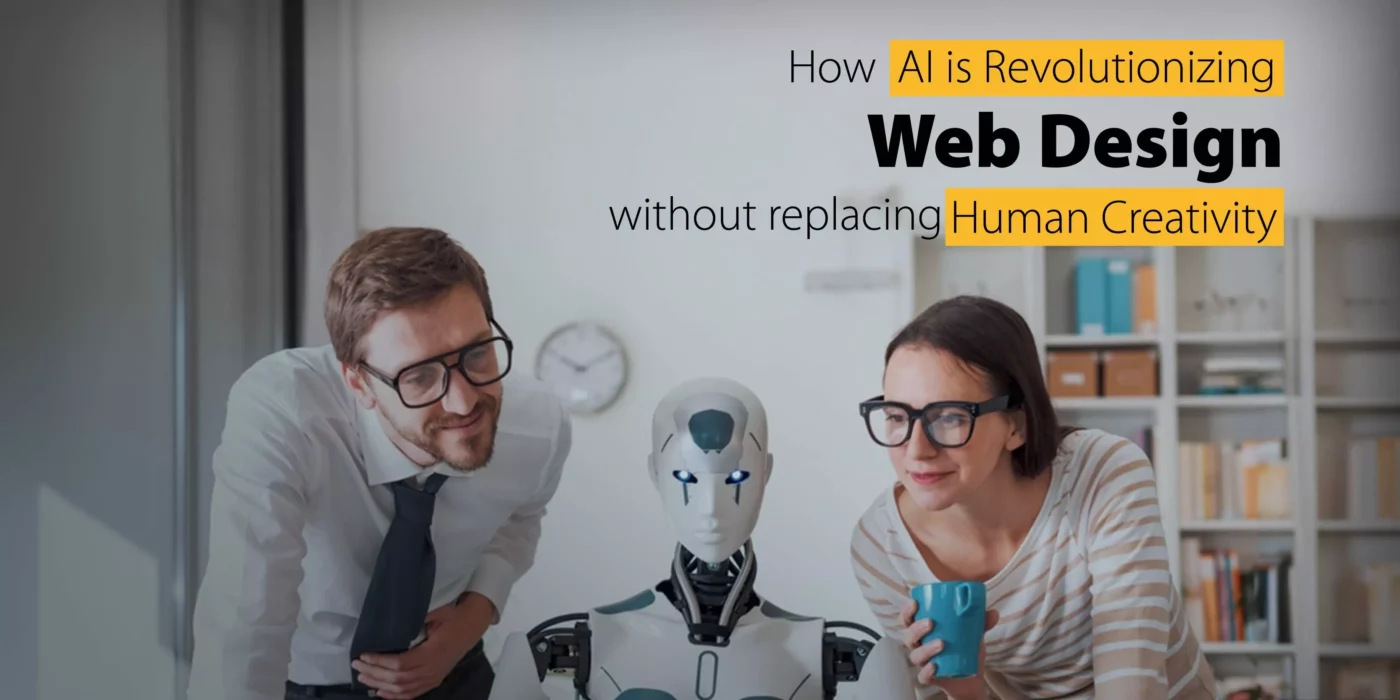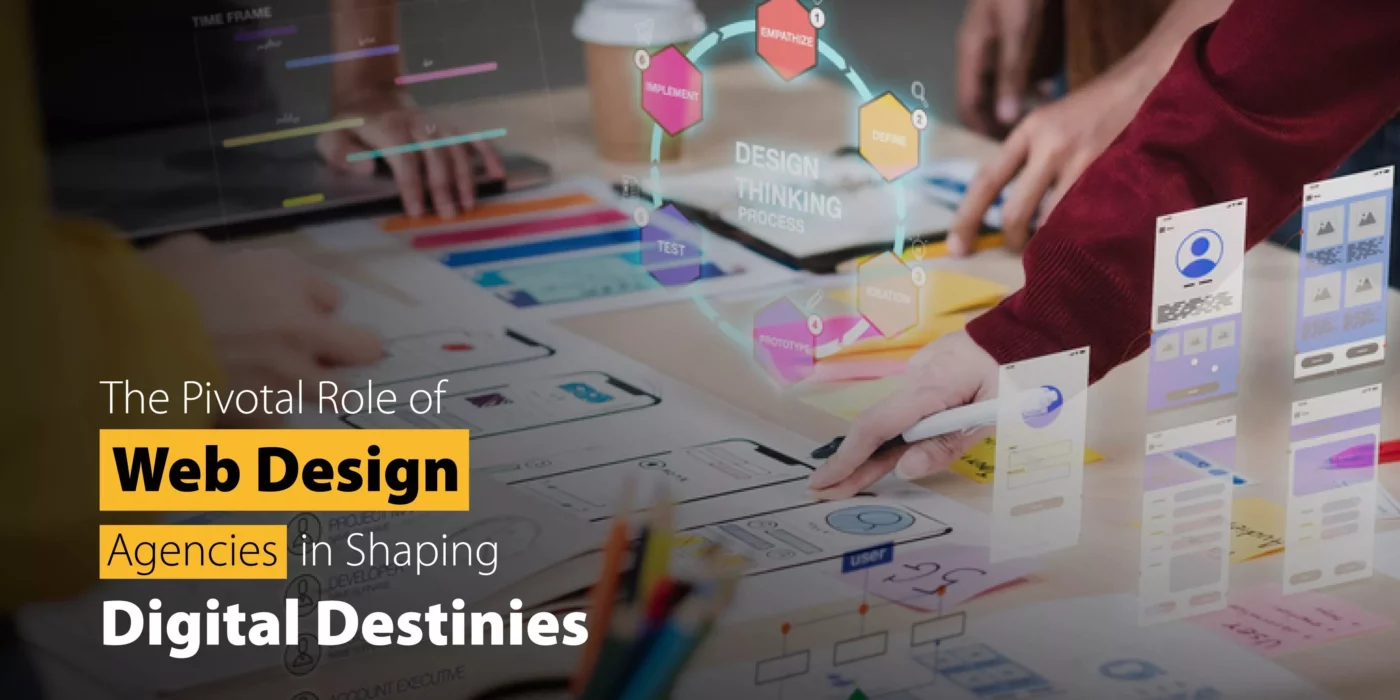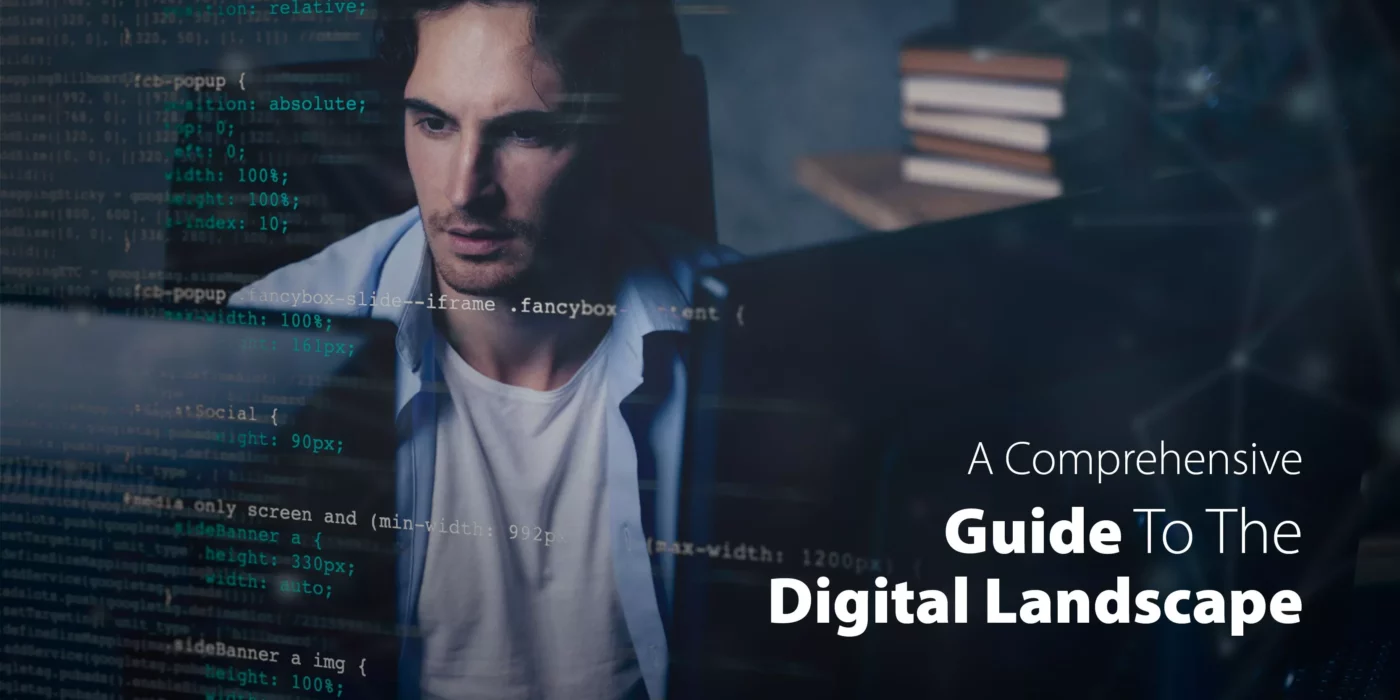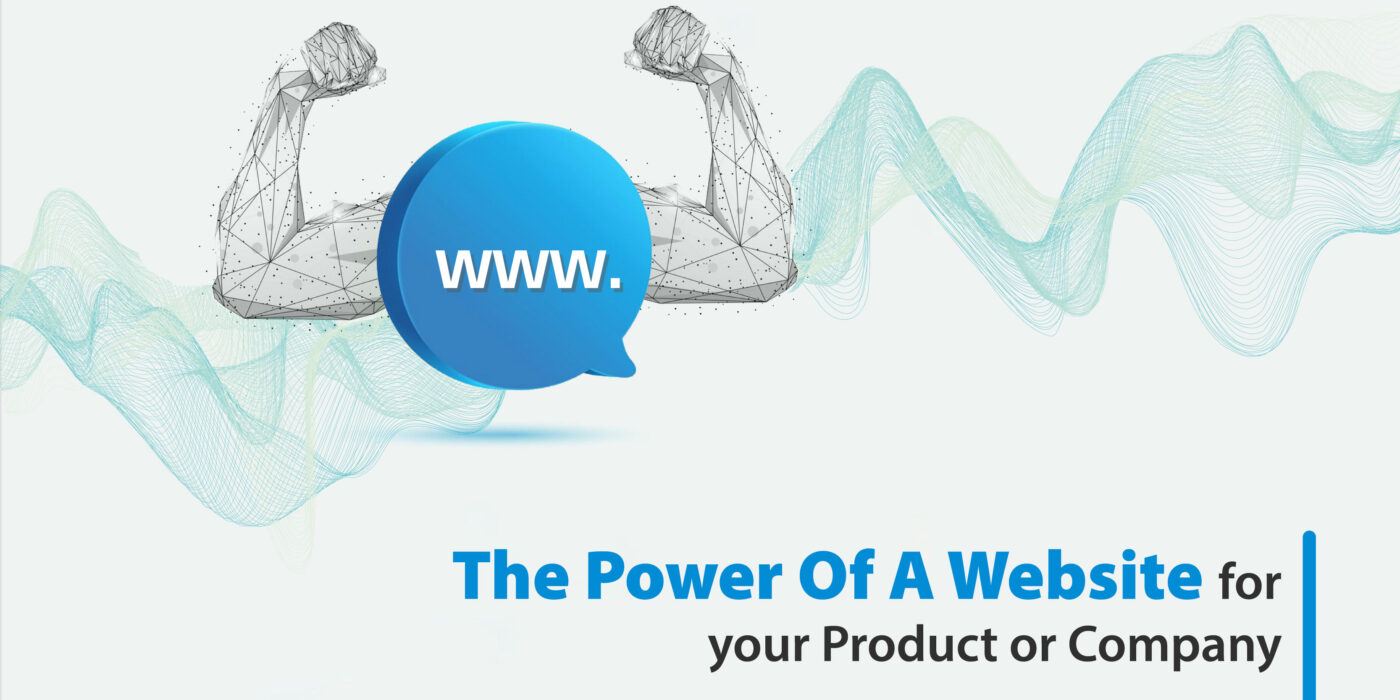writted by @OTDP
Embracing the Future
Embracing the Future: Navigating the Evolving Landscape of Social Media Marketing in India for 2024 and Beyond
As of 2023, the landscape of social media marketing in India has continued to evolve, reflecting the latest trends and technological advancements. The digital audience in India has grown, and the use of social media as a marketing tool has become more sophisticated and integral to business strategies. Here are some key trends and developments in the realm of social media marketing in India as we approach 2024 and beyond:
Augmented Reality (AR) and Virtual Reality (VR) Integration: Social media platforms are increasingly incorporating AR and VR technologies, offering immersive experiences to users. Brands are leveraging these technologies for interactive advertising and enhancing customer engagement.
Advanced Data Analytics and AI: The use of artificial intelligence (AI) and machine learning in analyzing consumer behavior has become more prevalent. This enables brands to deliver highly personalized content and advertisements, improving targeting and effectiveness.
Rise of Voice and Vernacular Content: With the increasing adoption of voice search and assistants, brands are focusing on voice-optimized content. Additionally, there’s a surge in content in regional languages, making social media marketing more inclusive and accessible to a diverse audience.
Social Commerce: E-commerce integration on social media platforms has evolved, with features like in-app purchases and shoppable posts becoming more sophisticated. This trend has turned social media platforms into direct sales channels.
Sustainability and Ethical Marketing: Consumers are increasingly concerned about sustainability and ethical practices. Brands are using social media to communicate their commitment to these values, building trust and loyalty among environmentally conscious consumers.
Short Video Content: The popularity of short video content continues to soar. Platforms like Instagram Reels and YouTube Shorts are becoming vital for brands to engage users with concise, captivating content.
Influencer Collaborations: Collaborations with influencers are becoming more strategic. Brands are partnering with niche influencers who align closely with their values and target audience for more authentic engagement.
User-Generated Content (UGC): Encouraging UGC has become a key strategy for brands to build community and authenticity. Social media campaigns that involve user participation help in creating a more relatable brand image.
Conversational Marketing and Chatbots: The use of chatbots for customer service on social media platforms is on the rise. These AI-driven chatbots provide instant assistance, improving customer experience and engagement.
Focus on Mental Health and Well-being: Acknowledging the impact of social media on mental health, brands are adopting a more mindful approach to their marketing content, promoting positivity and well-being.
In Conclusion
In conclusion, as we move into 2024, social media marketing in India is set to become more immersive, personalized, and ethical. Brands that adapt to these evolving trends, leverage new technologies, and maintain a genuine connection with their audience will continue to thrive in the dynamic digital marketplace.


